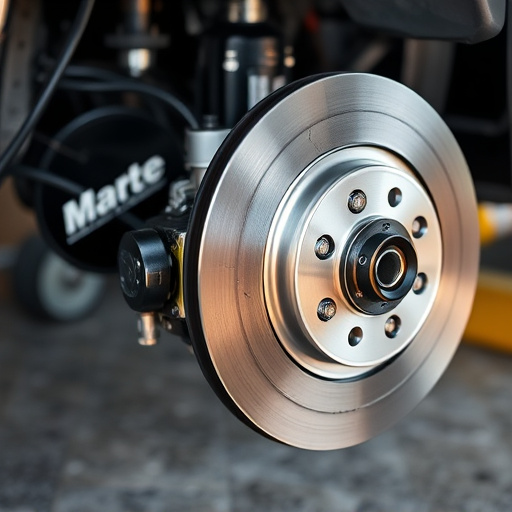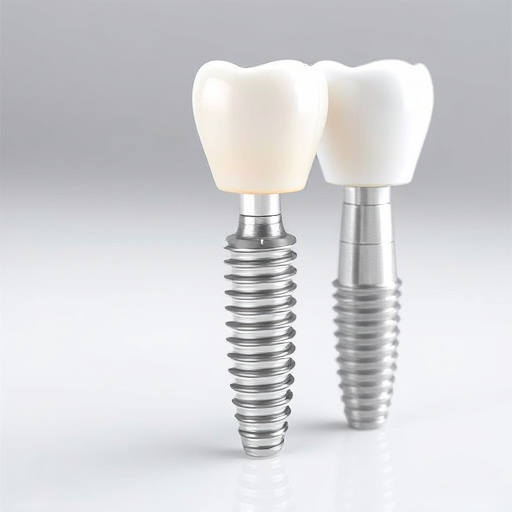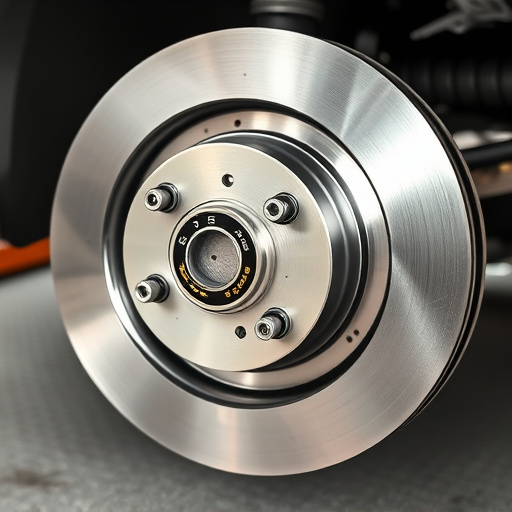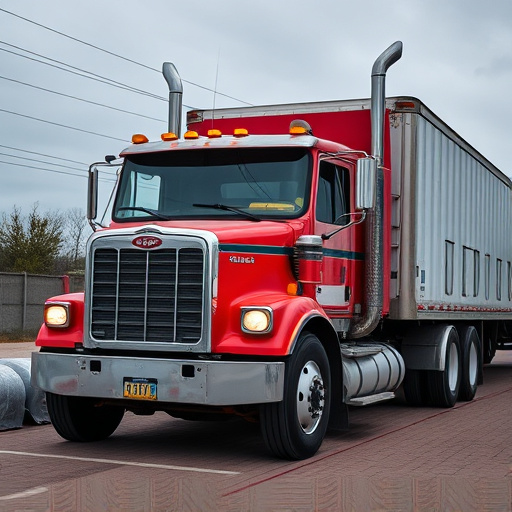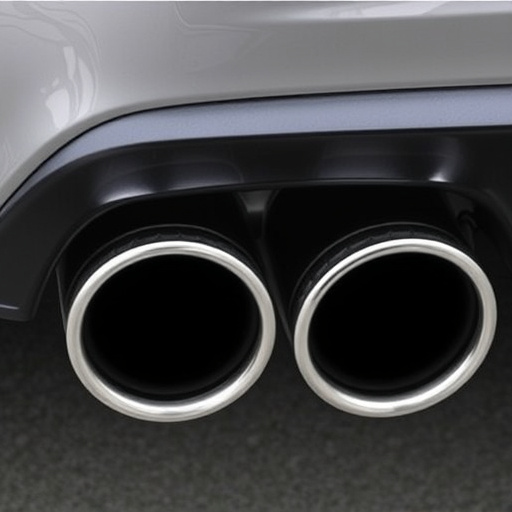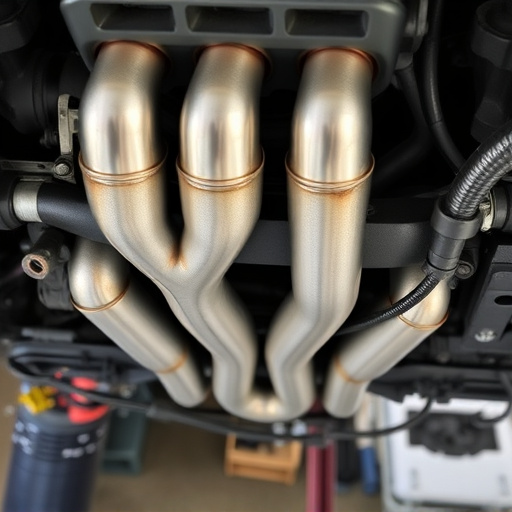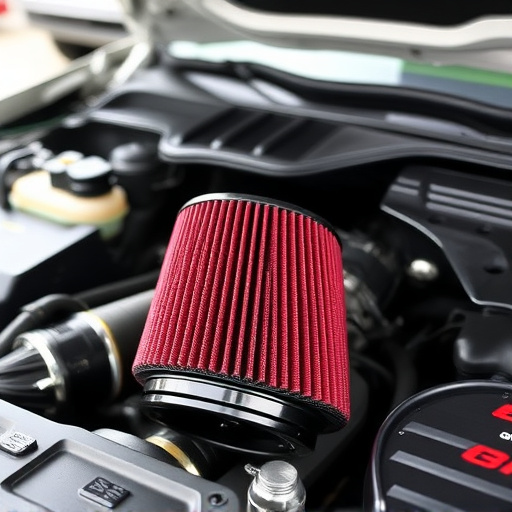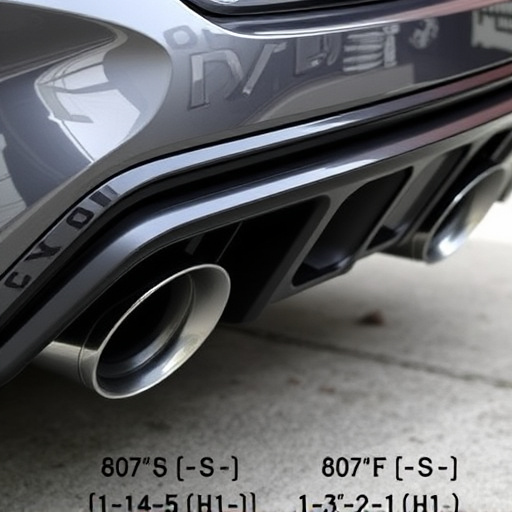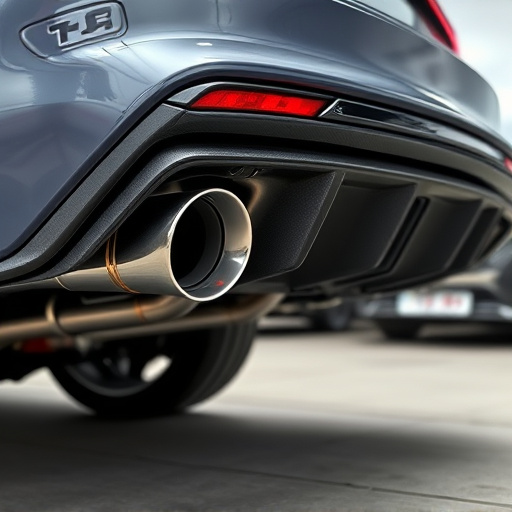An intake manifold upgrade significantly improves engine performance by optimizing airflow and fuel delivery. Modern manifolds use advanced designs, dimensions, and materials to minimize restrictions, enhancing combustion and throttle responsiveness. These upgrades benefit high-performance vehicles and those requiring frequent acceleration, providing both enthusiasts and everyday drivers with a noticeable improvement in driving experience while potentially increasing power output and fuel efficiency.
An intake manifold upgrade is a powerful way to enhance your vehicle’s performance. This article delves into the science behind these upgrades, exploring how they fundamentally impact fuel delivery systems in modern vehicles. We’ll break down the functions of the intake manifold and its critical role in engine performance, dissecting the components of contemporary fuel delivery systems along the way. By the end, you’ll understand why upgrading your intake manifold can offer significant benefits for power, efficiency, and overall driving experience.
- Understanding Intake Manifold Functions and Its Impact
- Components of Modern Fuel Delivery Systems
- Enhancing Performance: Benefits of Upgrading Intake Manifolds
Understanding Intake Manifold Functions and Its Impact
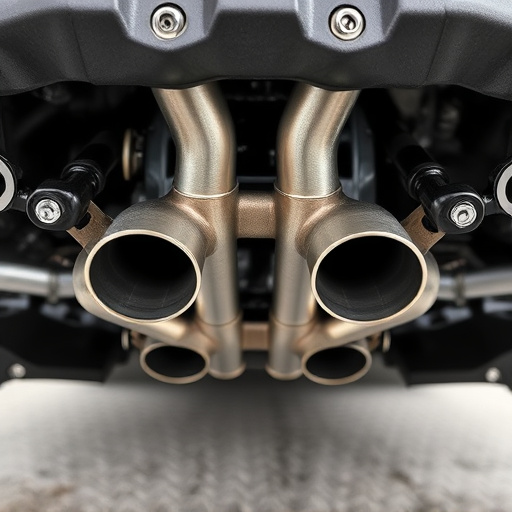
The intake manifold plays a pivotal role in any vehicle’s fuel delivery system, acting as the gateway for atmospheric air and fuel to enter the engine. It facilitates the optimal mixing of these components before they’re compressed and ignited, powering the vehicle’s movement. An upgrade to this critical component involves enhancing its design and materials to improve airflow efficiency and responsiveness. This can be achieved through advancements like reducing restrictions in the manifold’s pathways or incorporating innovative materials that lower air resistance.
An intake manifold upgrade is not merely about performance; it significantly influences engine response, power output, and even fuel economy. Enhanced airflow allows for better combustion, which can lead to improved throttle response and a smoother power delivery. This is especially beneficial in high-performance vehicles or those requiring frequent acceleration, such as sports cars or trucks with heavy towing capabilities. Even subtle improvements can translate into noticeable gains, making the upgrade an attractive option for both enthusiasts and everyday drivers seeking enhanced driving experiences, similar to how high-quality brake rotors can improve control and handling.
Components of Modern Fuel Delivery Systems
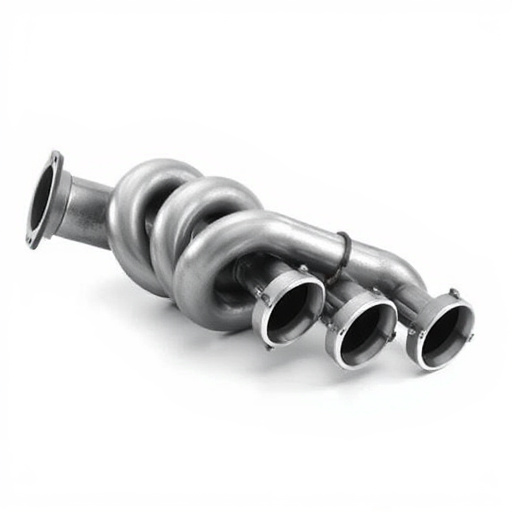
Modern fuel delivery systems are a complex network of components working together to optimize vehicle performance. At the heart of this system lies the intake manifold, which plays a pivotal role in drawing in air and delivering it to the engine. An intake manifold upgrade is a strategic modification designed to enhance efficiency by improving airflow dynamics. These upgrades often involve replacing or refining the stock manifold with designs tailored to specific vehicle requirements.
Key components within these systems include mass airflow sensors, fuel injectors, and an intricate network of pipes and valves. Cold air intakes, for instance, are popular upgrades that aim to provide cooler and denser air to the engine, improving combustion efficiency. Similarly, suspension components can also indirectly influence fuel delivery by ensuring optimal vehicle stability, which is crucial for precise control over airflow and fuel distribution.
Enhancing Performance: Benefits of Upgrading Intake Manifolds
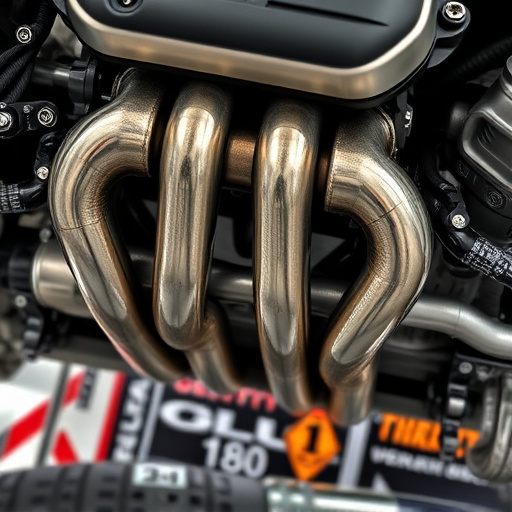
An intake manifold upgrade is a strategic modification that can significantly enhance the overall performance of an engine. By improving the airflow and efficiency of fuel delivery, these upgrades enable the engine to burn fuel more effectively, resulting in increased power and torque. Modern intake manifolds often incorporate advanced design elements like optimized dimensions, contoured shapes, and precision-engineered materials to reduce restrictions and improve gas flow. This allows for a smoother combustion process, leading to better engine response and overall performance brakes.
Furthermore, integrating high-flow performance air filters or upgrading exhaust tips can complement the intake manifold modification. These additional components work in synergy to enhance the engine’s breathing capabilities, ensuring optimal fuel mixture delivery. The benefits extend beyond improved performance; such upgrades also contribute to enhanced throttle responsiveness, better midrange power, and even increased fuel efficiency.
An intake manifold upgrade is a strategic modification that can significantly enhance fuel delivery systems, ultimately boosting engine performance. By understanding the fundamental role of the intake manifold and keeping up with modern fuel system components, car enthusiasts and mechanics alike can unlock the full potential of their vehicles. This upgrade offers a straightforward path to improving efficiency, power, and overall driving experience, making it a popular choice among those seeking a refined automotive performance.
